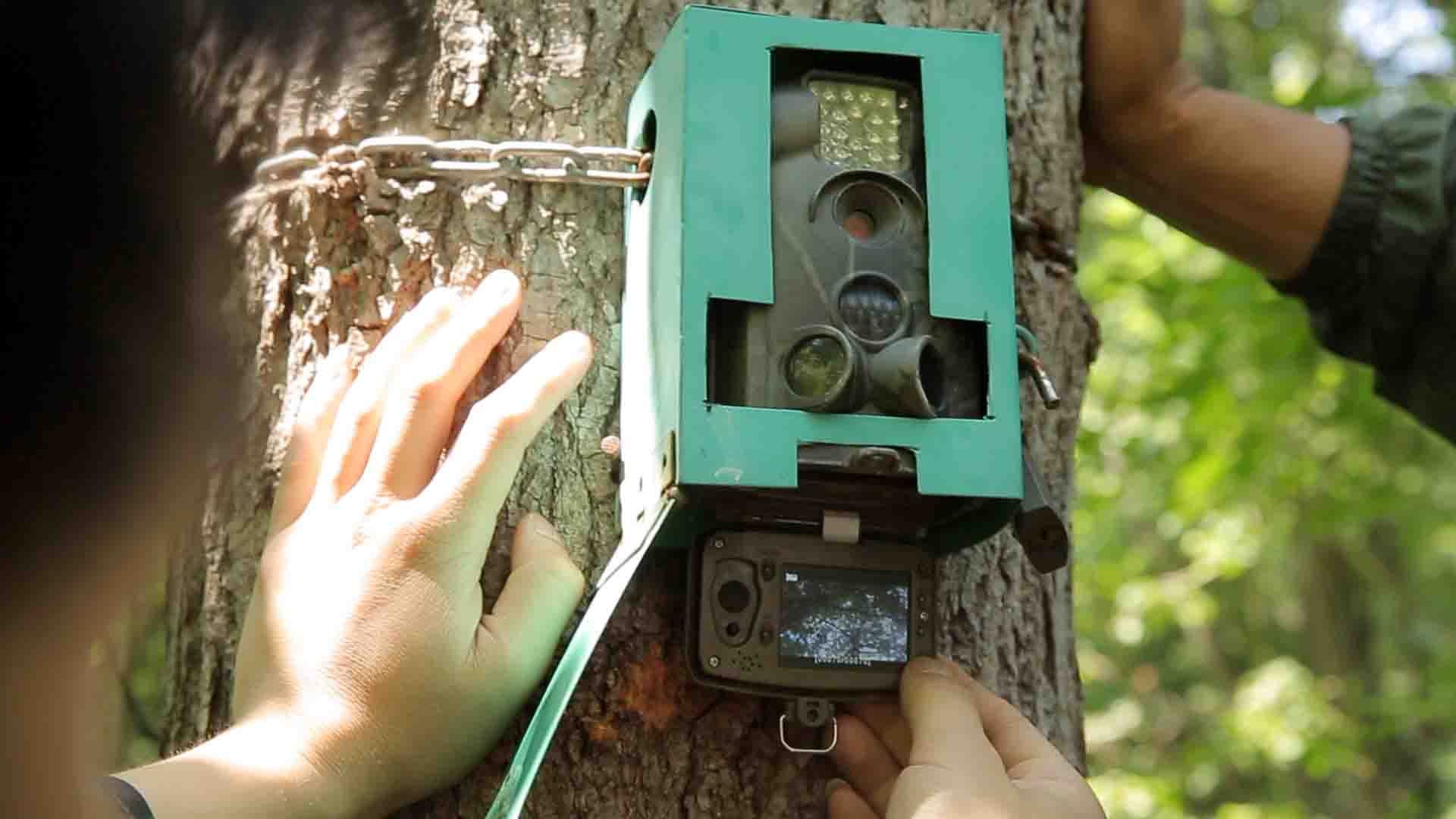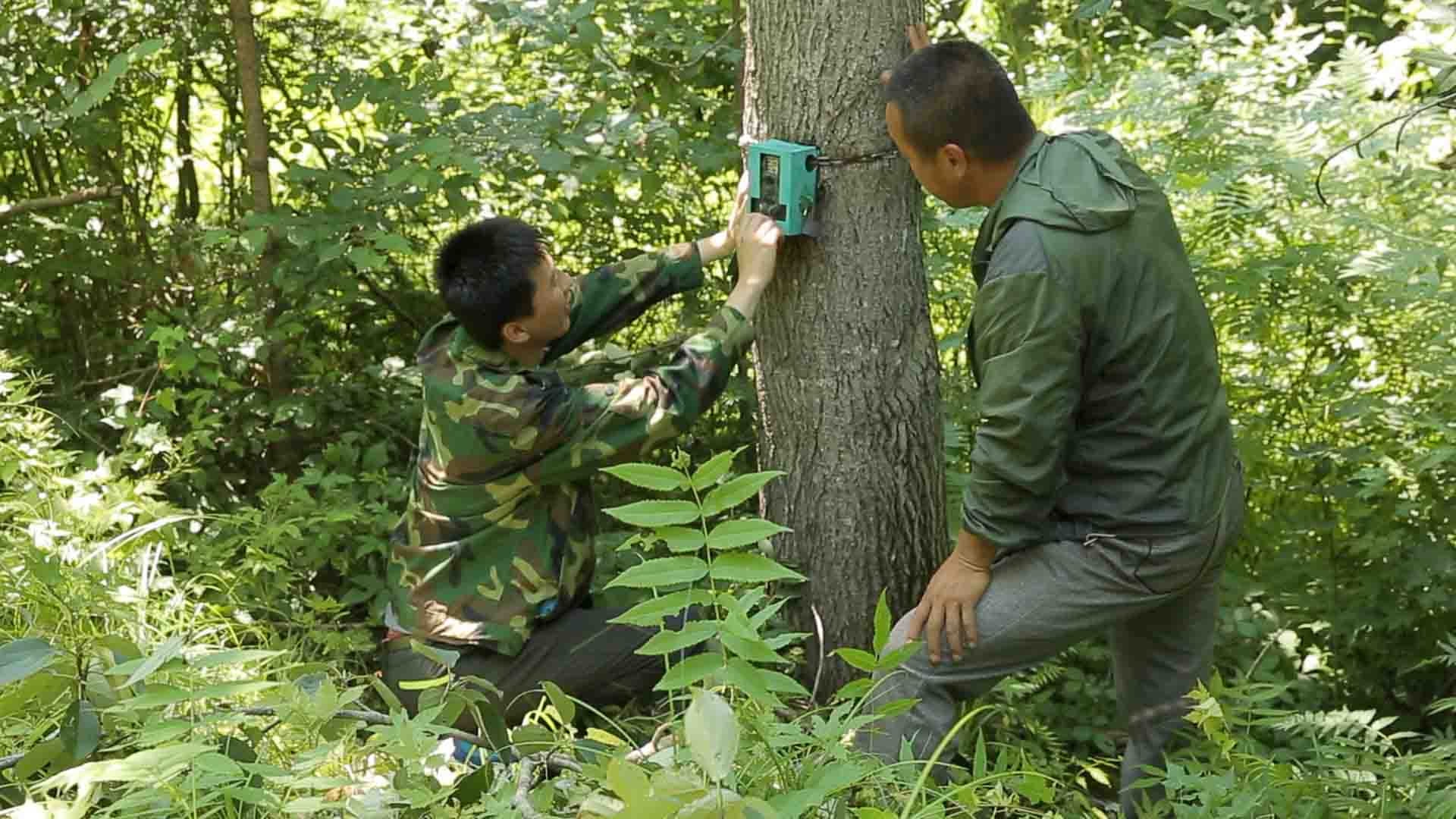
China
17:54, 03-Aug-2017
China's foresters turned park rangers train covert cameras on rising tiger population

By CGTN's Zheng Chenlei
Tracking tigers may seem exciting and dangerous, yet for Sun Quan, it is his daily work.
Sun used to be a forester in Wangqing, northeast China’s Jilin Province, but now heads a bureau in charge of protecting the area's trees and wildlife as conservation has been given more importance under the current Chinese leadership.

Sun Quan, forester turned park ranger./ CGTN Photo
Sun Quan, forester turned park ranger./ CGTN Photo
Tiger numbers are now on the rise, according to anecdotal evidence from Wangqing National Nature Reserve and other Chinese reserves, which are increasingly using infrared cameras to monitor their elusive inhabitants.
Sun, an expert in remote surveillance, told CGTN that finding wild tigers in protected areas is not as difficult as it used to be.
"We used to see a wild Siberian tiger on camera only about once a year,” he said. “But in recent years, with environmental improvement, we’ve seen more and more Siberian tigers.”
Infrared cameras are regarded as an effective tool to establish whether tigers and other rare animals are present and estimate the size of their population. Thanks to the cameras, at least four Siberian tigers and six leopards are known to live in Wangqing county.

Sun checks video taken by an infrared camera. / CGTN Photo
Sun checks video taken by an infrared camera. / CGTN Photo
Sun said it was only in 2011 that the first infrared camera was installed there.
“We set it up because we’d heard villagers say they had seen something. But nobody knew what species it was,” he explained.
In September 2011, Sun's conservation bureau caught their first glimpse of an Amur leopard from the camera.
Now, 125 of these secret weapons are in the reserve, with 80 more due to be installed before the end of 2017.

The photo taken on September 19, 2011, shows an Amur leopard roaming in the forest in Wangqing county, Jilin province./ Wangqing Forestry Bureau
The photo taken on September 19, 2011, shows an Amur leopard roaming in the forest in Wangqing county, Jilin province./ Wangqing Forestry Bureau
Camera monitoring has to be conducted year round, which means that maintenance and battery changing should be done as routine. Sun and his colleagues have to walk many kilometers through the forest to get to the cameras. However, to Sun, it's worth it.
“It is worthwhile no matter how exhausting or hard it is,” he said.

Sun checks an infrared camera./ CGTN Photo
Sun checks an infrared camera./ CGTN Photo
Founded in 2013, Wangqing National Nature Reserve covers 67,434 hectares and is one of the major habitats for China’s big cats.
With the forests verdant, places like Wangqing are welcoming the rare, beautiful creatures that should rightly call them home.
1179km

SITEMAP
Copyright © 2018 CGTN. Beijing ICP prepared NO.16065310-3
Copyright © 2018 CGTN. Beijing ICP prepared NO.16065310-3